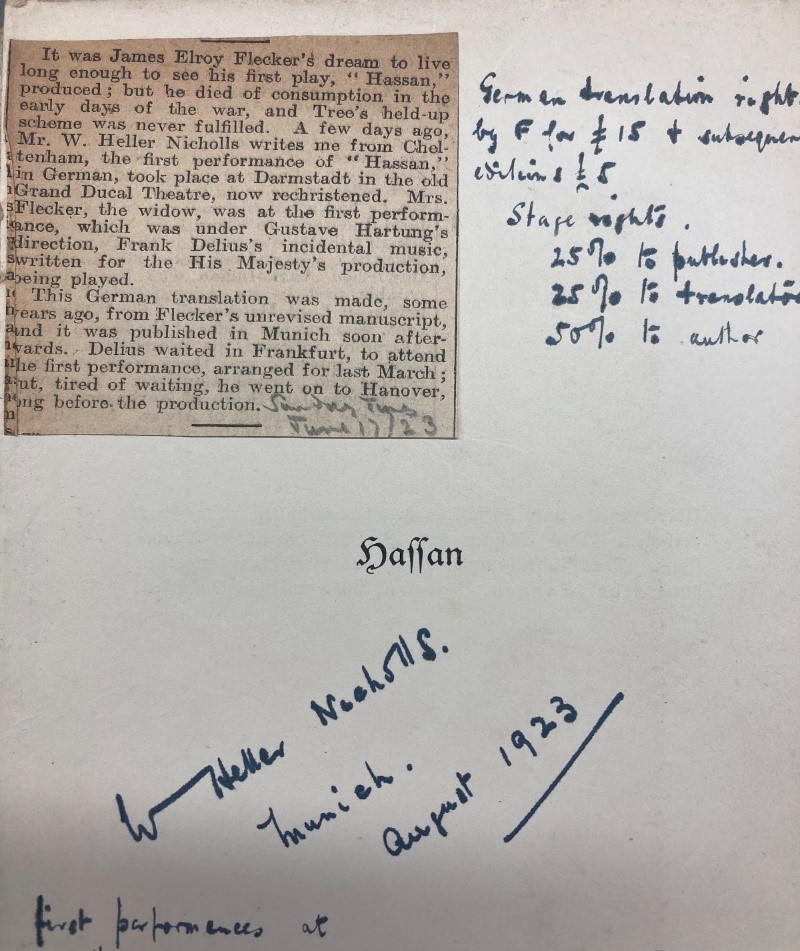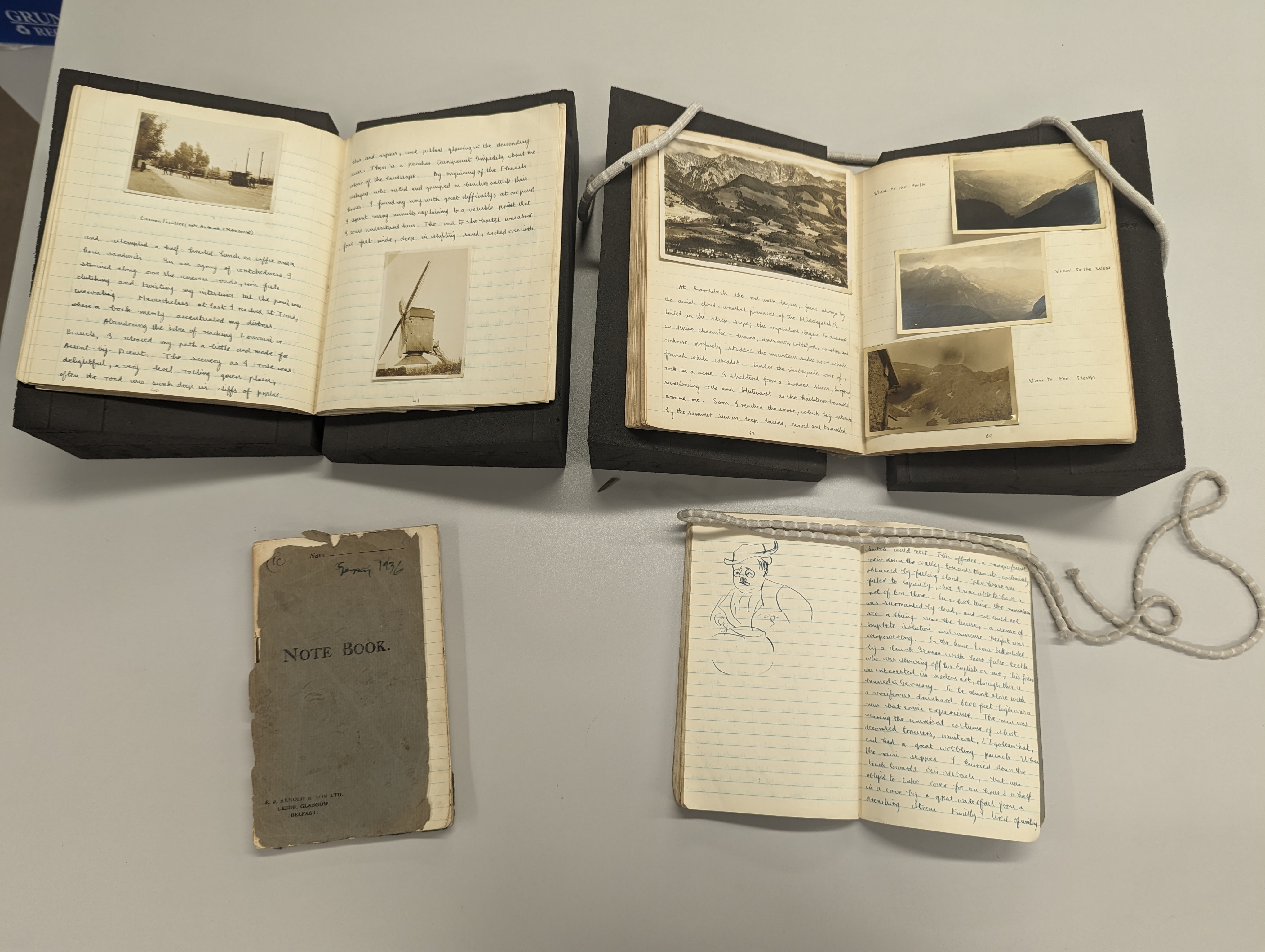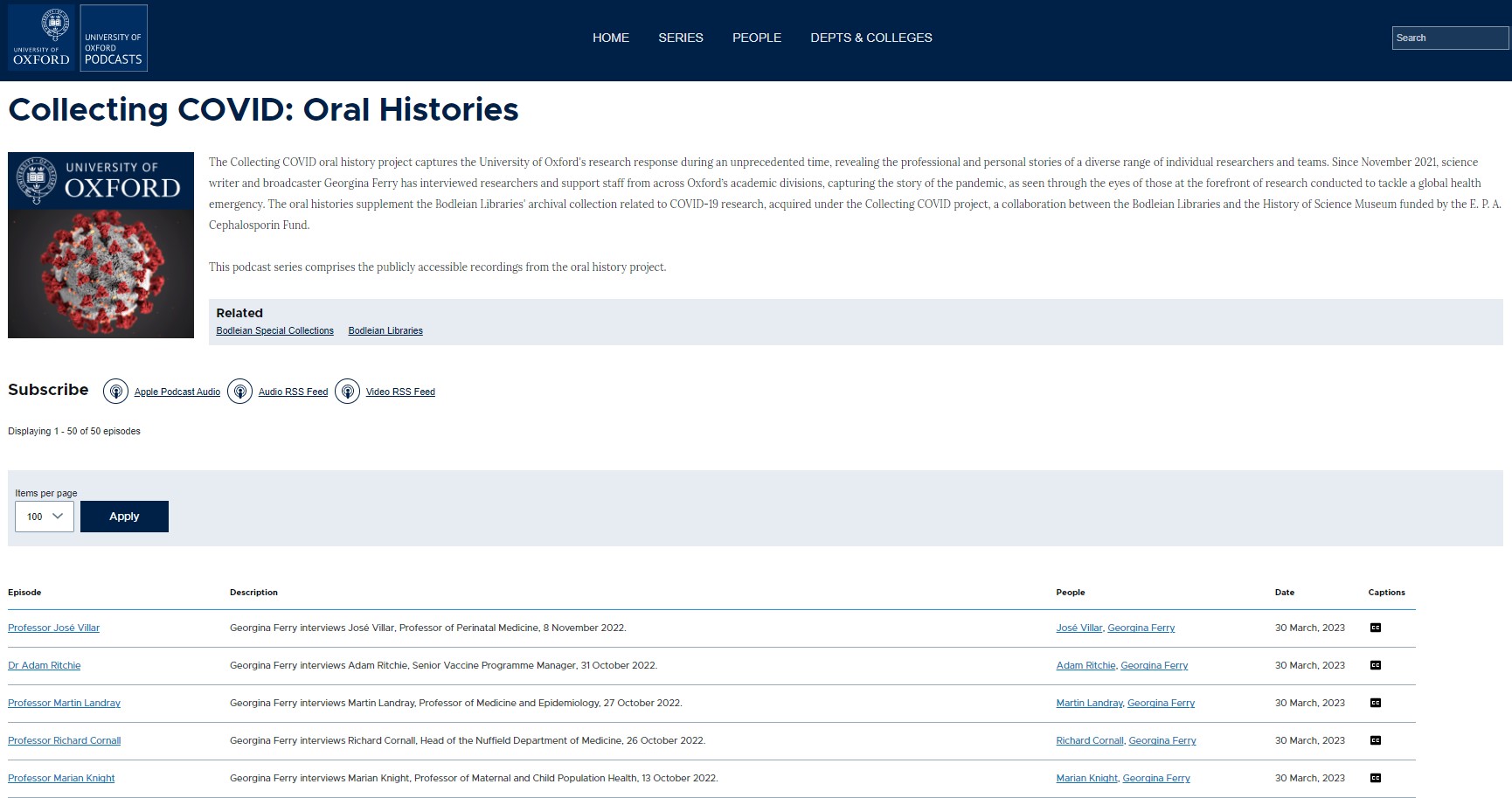
The punting bride, a wedding photograph by Helen Muspratt, Ramsey & Muspratt, c. 1960s, ©Bodleian Libraries
The archive of the portrait and documentary photographer Helen Muspratt is now catalogued and available in the Weston Library.
Helen Muspratt (1907-2001) first made her name as a skilled, experimental portrait and documentary photographer in the 1930s.
Muspratt was introduced to Lettice Ramsey (1898-1985) by their mutual friend Fra Newbery, the retired head of the Glasgow School of Art. Lettice Ramsey was a Cambridge graduate and a widowed young mother of two who had excellent contacts in Cambridge and in the winter of 1932, Muspratt joined her in Cambridge to create the studio Ramsey & Muspratt. They soon expanded into Oxford. Some of those Ramsey & Muspratt photographed during this period were the intellectual and left-wing luminaries of the day, including Virginia Woolf, C.P. Snow, Dorothy Hodgkin, Guy Burgess, Donald Maclean and Anthony Blunt, as well as Julian Bell, who was Lettice Ramsey’s lover. Muspratt’s photographs in the 1930s are notable for her experimental approach, including the use of double negatives and solarisation, inspired by the photographer Man Ray.
Muspratt met her husband, Oxford University graduate and Communist Party organiser Jack Dunman (d. 1973) in Cambridge where he was working for the railway. In 1936 Muspratt went on a tour of the Soviet Union with a group organised by the Society for Cultural Relations with the USSR, and her photographs from the trip were used in lecture tours to drum up support for the Soviet Union during World War II. With a commission from the Left Book Club in 1937, Muspratt did her last major documentary series, producing haunting photographs of out-of-work miners and labourers in South Wales and Liverpool, and she also joined the Communist Party. Ramsey and Muspratt’s business partnership was formally dissolved at the end of February 1945, but their respective Cambridge and Oxford studios retained the name Ramsey & Muspratt, and the pair remained friends.
From World War II onwards, while her husband worked as a full-time, rural Communist Party organiser and editor of The Country Standard, Helen Muspratt supported her family as a hardworking studio photographer. From her studio on Cornmarket Street in Oxford she staged lively portraits of everyone from babies to brides to new graduates. Muspratt also loved to photograph architecture, and she photographed Oxford and its environs for John Betjeman. She did a final documentary series when she was commissioned in 1946 by a group of campaigning doctors to photograph elderly patients in the Victorian workhouse-like conditions of the Poor House near Wantage.
Her archive, which mainly comprises prints and negatives, is a wonderful window into Oxford and its environs in the latter half of the twentieth century, as well as pioneering experimental photography of the 1930s. It also includes correspondence with her husband and her parents that are relevant to British Communist Party and left-wing political history. Muspratt’s work, including her 1930s experimental portraiture, is celebrated in the book Face: Shape and Angle by her daughter Jessica Sutcliffe (available from the Bodleian shop).





 Typescript draft of ‘The True Paradise’ [c.1914], by J.E. Flecker, Oxford, Bodleian Libraries, MS.21234/1
Typescript draft of ‘The True Paradise’ [c.1914], by J.E. Flecker, Oxford, Bodleian Libraries, MS.21234/1






